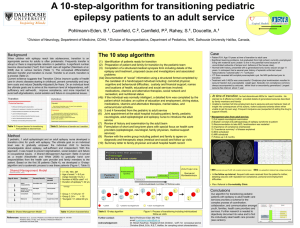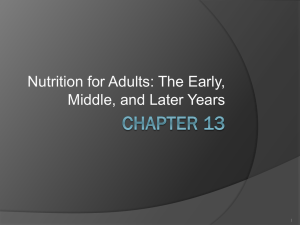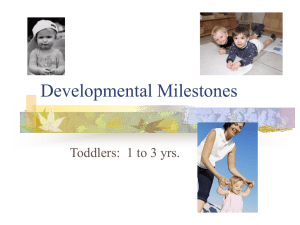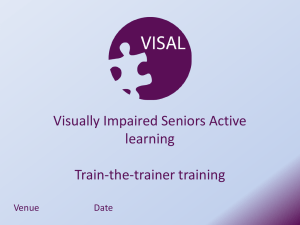DRPLA - Jessica Minton`s E
advertisement
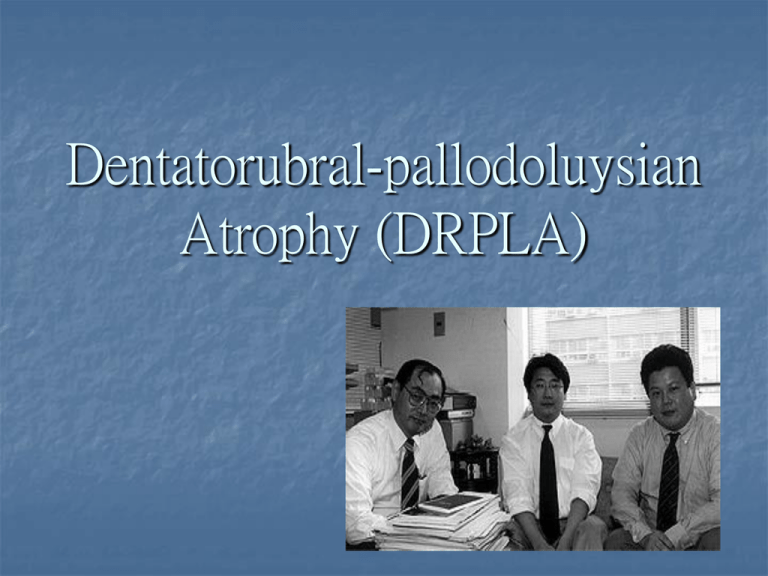
Dentatorubral-pallodoluysian Atrophy (DRPLA) DRPLA Trinucleotide Repeat Disorder CAG repeat on Chromosome 12 6 to 35 normal, 48 to 93 mutation DRPLA disease named after DRPLA gene Family inherited and anticipation illness The age of onset is from one to 62 years with a mean age of onset of 30 years. (Shoji Tsuji, MD, PhD ) Dentatorubral and pallidoluysian parts of the central nervous system . cerebral white matter, putamen, Goll's nucleus of the medulla oblongata, and lateral corticospinal and Goll's tract of the spinal cord Atrophin-1 is the protein product of the dentatorubral-pallidoluysian atrophy (DRPLA) gene polyglutamine region in atrophin-1 is expanded with the expansion of the CAG repeat, becomes, altering its interactions with other proteins neurotransmitters in the brain are blocked ataxia (loss of balance) choreoathetosis (involuntary rapid, irregular, jerky movements or slow, writhing movements that flow into one another) dementia (inability to clearly think; confusion, poor judgment; failure to recognize people, places, and things; personality changes) myoclonus (involuntary spasms of a muscle or muscle group) epilepsy (seizures) loss of intellectual function (mental retardation) (encyclopedia of genetic disorders) Masks Huntington’s Disease, Alzheimer's, M.S., and Parkinson's Disease DNA testing for CAG repeat, prenatal testing is available if 50% chance or more Neuroimaging. MRI within white regions of Treatment and management the brain There is currently no cure for DRPLA; treatment is supportive. Epilepsy is treated with anti-seizure medication. Prognosis Patients with DRPLA have progressive disease, which means symptoms become worse over time. 26 yrs. old 22 years old 18 years old 27 yrs. old 28 yrs. old 3 2 Y R S O L D Last Birthday Weeks before he passed

